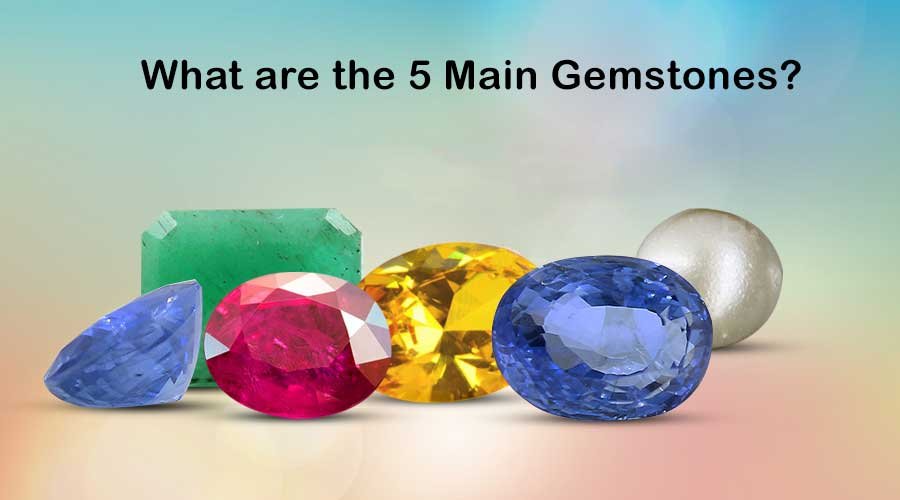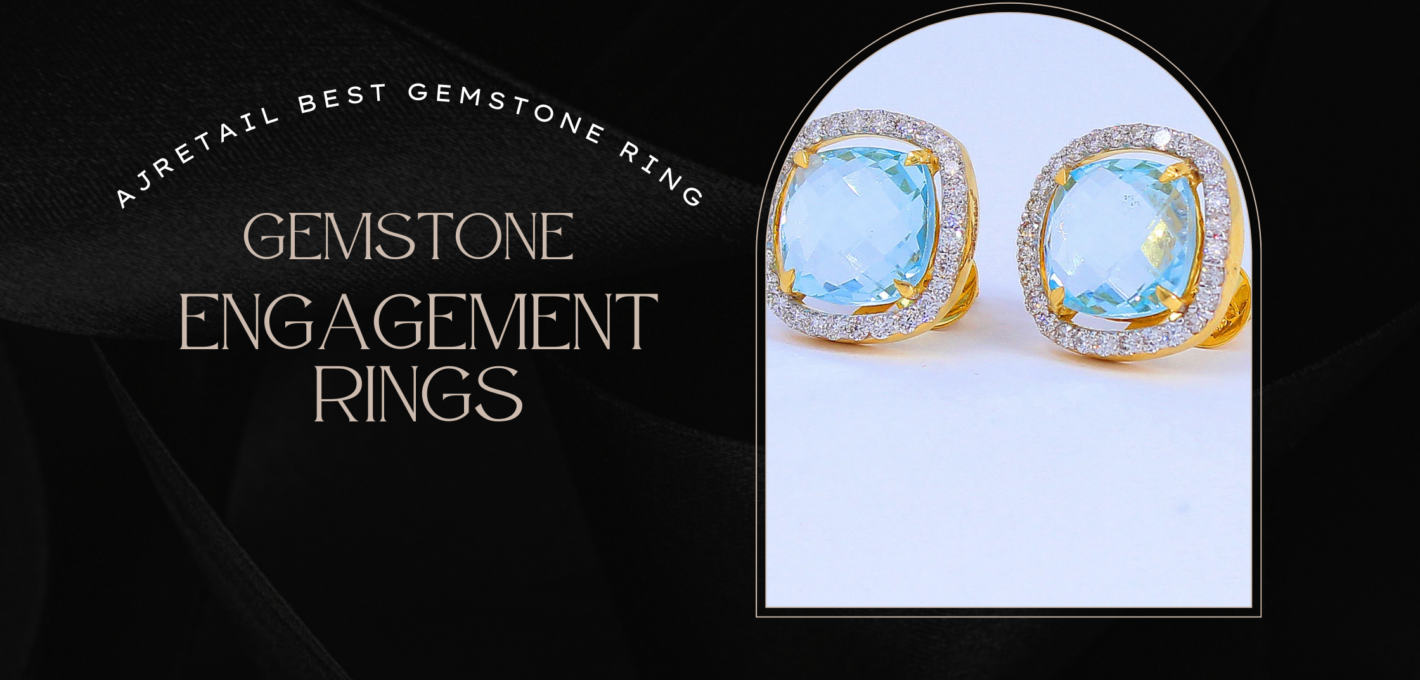
What are the 5 Main Gemstones?
The five main gemstones, also known as the “Big Five” in the gemstone world, are as follows:
Diamonds
Diamonds are the hardest natural mineral on earth, and have been used for thousands of years as a symbol of love and commitment. They’re also extremely durable–if you’ve ever had your ring resized or repaired by a jeweler, you may have noticed that they don’t use any tools other than their hands!
If you want to know more about diamonds and their physical characteristics, check out our article on how diamonds are made. You can also read up on the different types of diamond cuts here.
Diamonds come in many colors besides white; these include pink (the most popular), blue/black/greyish black (“fancy” colored), yellow/brownish orange (“champagne”) and greenish blue (“pigeon blood”). The most expensive color is red but it’s not very common so most people don’t think about it when buying diamonds (and neither should you).
Rubies
Rubies are the most intensely colored of all gemstones. This deep red hue is caused by trace amounts of chromium, which gives rubies their coloration. Rubies are also extremely rare, and it is said that only one in ten thousand natural ruby crystals will be perfect enough to cut into a gemstone.
Rubies have long been associated with love and passion–they were thought to have been discovered by Adam when he saw a drop of blood on a rosebush after he had bitten into an apple given him by Eve (the “forbidden fruit”). The ruby was considered sacred in ancient Egypt, where it was used as an amulet against evil spirits; priests wore them around their necks during ceremonies so they could commune with their gods more easily. Rubies were also worn by royalty throughout history: Cleopatra famously wore one worth $250 million today!
Emeralds
Emeralds are one of the most popular gemstones in the world. They have been used as adornments for centuries and have been prized by kings and queens throughout history.

Emeralds are green colored gems that come in a variety of shades ranging from light green to dark green. The color of an emerald is caused by trace amounts of chromium and vanadium (both rare elements). The presence or absence of these trace elements determines whether or not a stone will be classified as an emerald; if there is no chromium present, then it cannot be called an emerald!
The uses for emeralds vary depending on their size, shape and color but generally speaking they can be used as ornamental pieces such as jewelry or carved into objects such as vases or bowls. They are also used in industry because their hardness makes them resistant to wear over time which means they’re great for cutting tools like saw blades!
Sapphires
Sapphires are the most popular of all gemstones. They have been used in jewelry for thousands of years, and they’re still going strong today. Sapphires are beautiful, durable, and come in many different colors–from deep blue to purple to pink!
Sapphires are also one of the most affordable precious stones out there: you can get a beautiful sapphire engagement ring for less than $1,000 (and sometimes even less). If you want something fancy with more sparkle than your average diamond but without breaking the bank? Try shopping around for a slightly larger stone set into an 18k gold band instead!
Pearls
Pearls are organic materials that have been cultivated by humans for thousands of years. They are used in jewelry, including necklaces and other pieces of adornment. Pearls have luster, beauty and value due to their rarity and natural qualities.
Overview of the Big Five Gemstones
The Big Five gemstones are the most popular and valuable gems in the world. The term “Big Five” comes from a safari park in Kenya where there were five animals that were considered dangerous to hunt, so they were off limits to hunters. These five stones are:
The diamond is said to be the hardest substance known on earth; it’s also one of the most beautiful and valuable gems available today. Diamonds have been used as jewelry since ancient times; they’re still popular today because they can be cut into many different shapes (like hearts or arrows), come in different colors (white diamonds are most common), and have many uses other than just being worn around your neck or wrist!
Diamonds were first discovered by Europeans during their exploration of Africa in 1471 CE; however, these early explorers did not realize what they had found until much later when diamonds began appearing throughout Europe during trade routes with India/Sri Lanka (then known as Ceylon).


